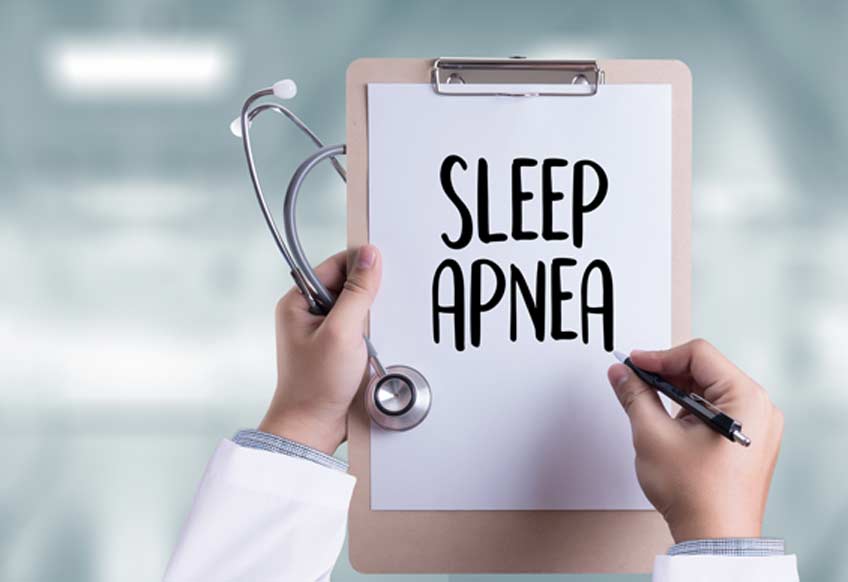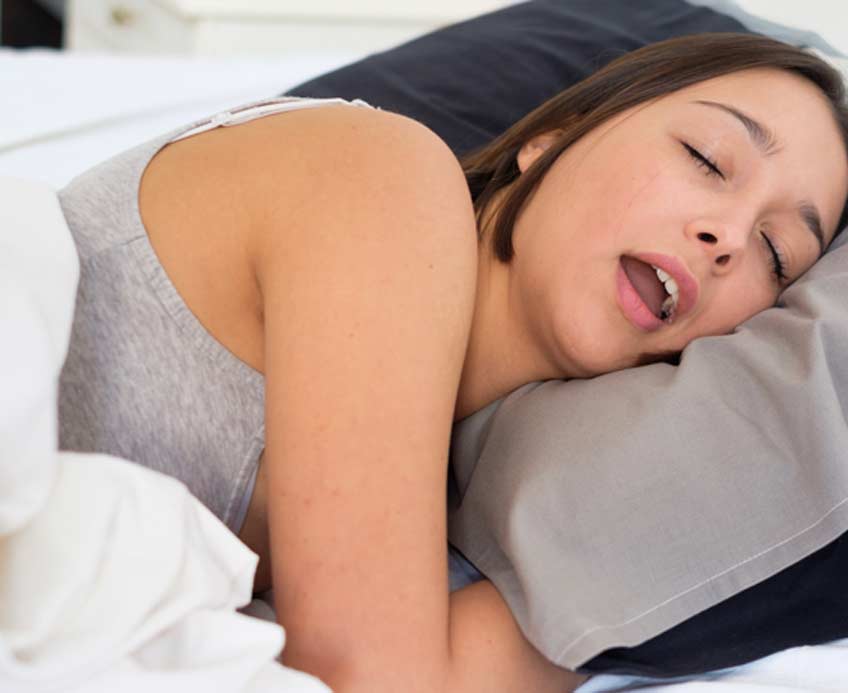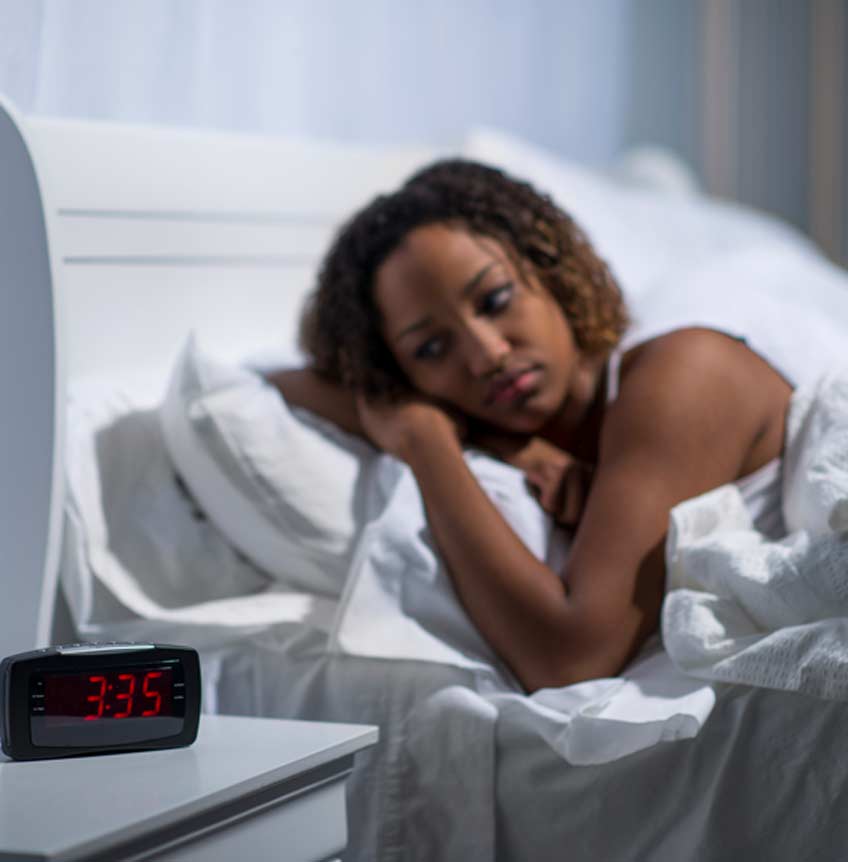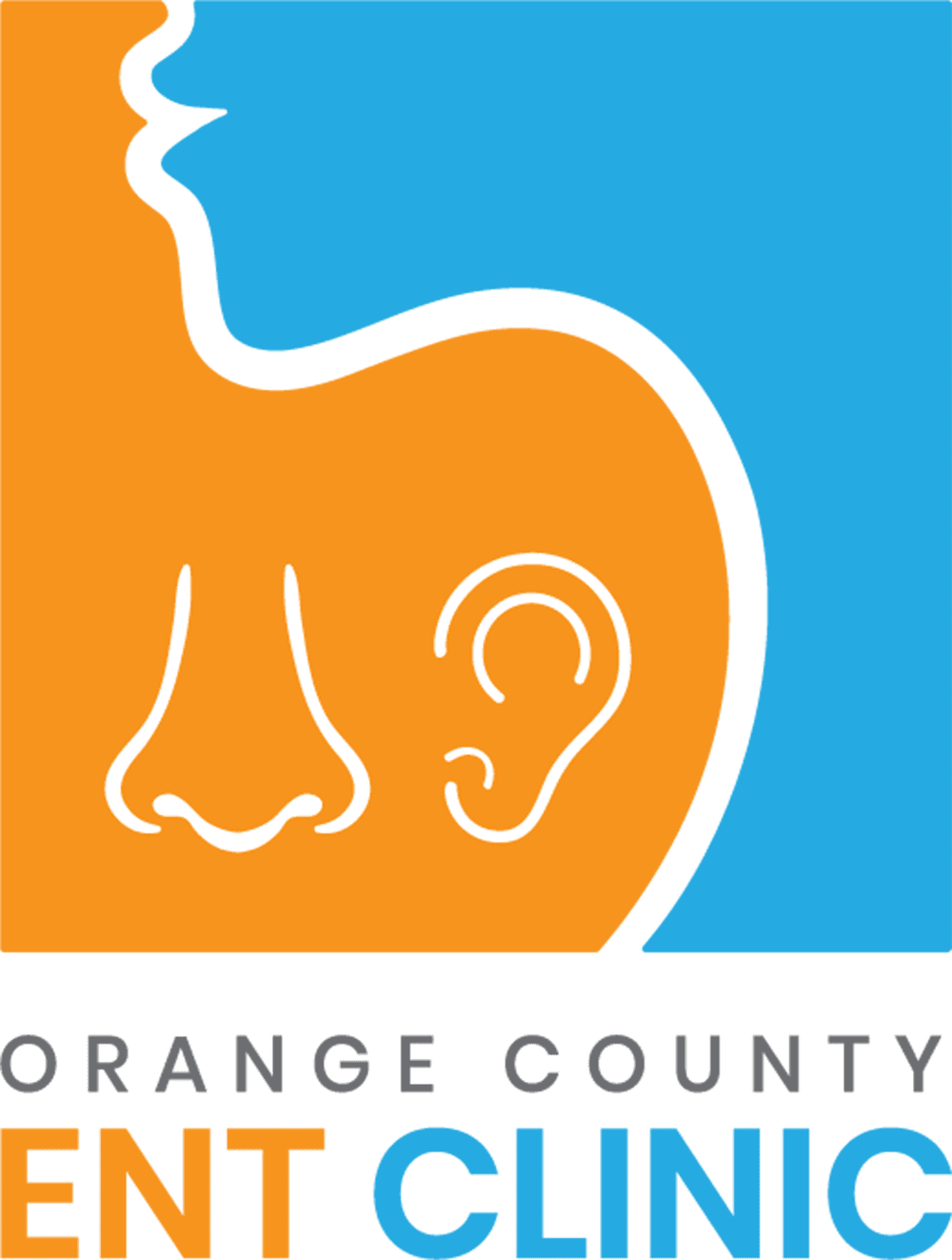
Sleep apnea is a common and potentially dangerous sleep disorder characterized by brief interruptions in breathing during sleep.
If upper airway blockage is the reason for sleep apnea, the condition is referred to as obstructive sleep apnea. Central sleep apnea occurs when breathing interruptions are caused by a failure of the brain to send the correct signals required for proper breathing.
Treatment is typically based on the symptoms experienced, and sometimes on results from an overnight sleep study (polysomnogram).
Lifestyle Changes
If sleep apnea is mild, lifestyle changes may be the first recommended attempt at treating or managing symptoms. Such efforts may include losing weight and quitting smoking. You may also be advised to consider dietary changes, such as eating more fruits and vegetables and opting for low-fat dairy products and whole grains. However, bananas should be avoided since they can increase mucus production and make breathing problems worse. Lifestyle changes may also involve:
- Improving sleep habits
- Getting regular exercise
- Avoiding excessive alcohol consumption


Airway Pressure Devices
With sleep apnea that’s moderate to severe, airway pressure devices may be the recommended method of symptom management. A common piece of equipment used is a continuous positive airway pressure (CPAP) machine. It’s a device that has a mouthpiece worn to deliver air pressure that’s greater than surrounding air pressure, which helps keep upper airways opens. Doing so may prevent snoring and sleep apnea. The pressure settings on the machine can be adjusted so that the right level of pressure is delivered while sleeping.
Sleep apnea sufferers may find a CPAP machine cumbersome at first, but it is considered a reliable solution. Auto-CPAP devices are similar but they adjust air pressure automatically as you sleep. Some units deliver bilevel positive airway pressure (BPAP), which results in more air pressure being delivered when inhale and less pressure when you exhale. Nasal masks may also be recommended for patients with nasal obstruction or congestion that’s causing breathing difficulties.
Oral Appliances
For times when CPAP therapy is too distracting, oral appliances may be an acceptable alternative. Mandibular repositioning mouthpieces and tongue retaining devices are two of the most common types of oral appliances used for sleep apnea management.
Surgery for Sleep Apnea
If sleep apnea is serious, surgery may be discussed. One option is the surgical implantation of a device that senses breathing patterns while sleeping. Mild stimulation is then delivered to muscles that control the opening of airways. A similar procedure involves the insertion of a nerve stimulator to control tongue movement.
In some cases, large tonsils may contribute to sleep apnea episodes. If this is the case, a tonsillectomy may be performed. Adenoids may also be removed. Maxillary or jaw advancement involves moving the jaw forward to enlarge the upper airway. Other surgical options include:
- Radiofrequency ablation to shrink tissues
- Implantation of plastic rods into the soft palate
- Removal of tissue from the back of the mouth and top part of the throat
- A tracheostomy to create an artificial airway – for severe or life-threatening sleep apnea
- Weight-loss surgery if obesity is the main reason for sleep apnea
Living with sleep apnea often requires regular monitoring so that additional treatments can be explored if the condition isn’t being effectively managed. If a mouthpiece is prescribed, you’ll want to have it checked at least once a year to make sure it’s still working properly. If a breathing device is what’s recommended, the data card from the machine is usually checked on a regular basis to determine if the machine is helping to reduce or eliminate sleep apnea incidents.
